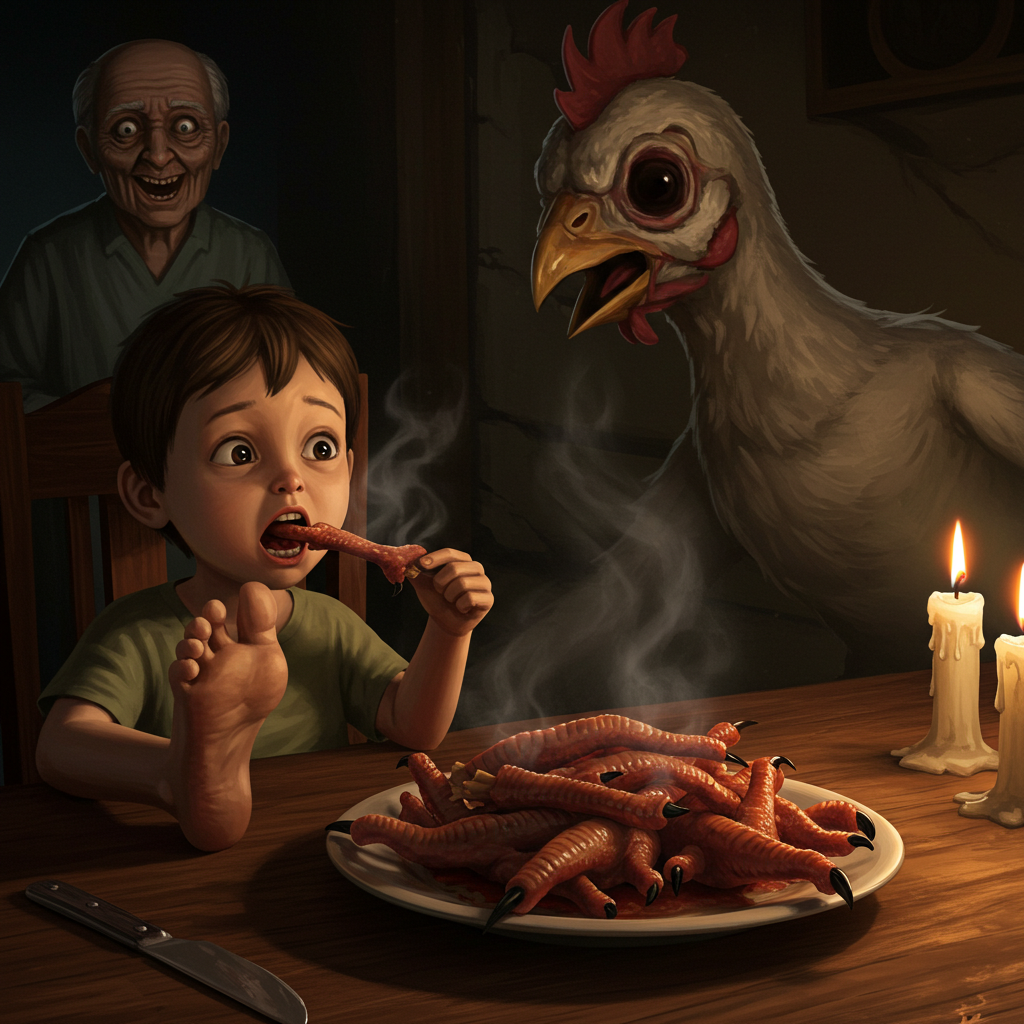This superstition warns that consuming chicken feet—especially by children—will cause them to develop chicken-like features, most often an awkward gait, curled toes, or a waddling walk. The effect is said to stem from the belief that eating animal body parts transfers their characteristics to the eater. While typically aimed at discouraging children from eating what was seen as less nutritious or undesirable parts of the animal, the warning sometimes carried implications of permanent physical changes. In some variations, it’s also said to encourage undesirable behavior, like mimicking the pecking or skittishness of chickens.

A baby’s future career or fate is predicted by the first object they select during a ceremonial setup.
In several Asian and Eastern European cultures, a traditional ceremony is held for babies usually around their first birthday. Known


